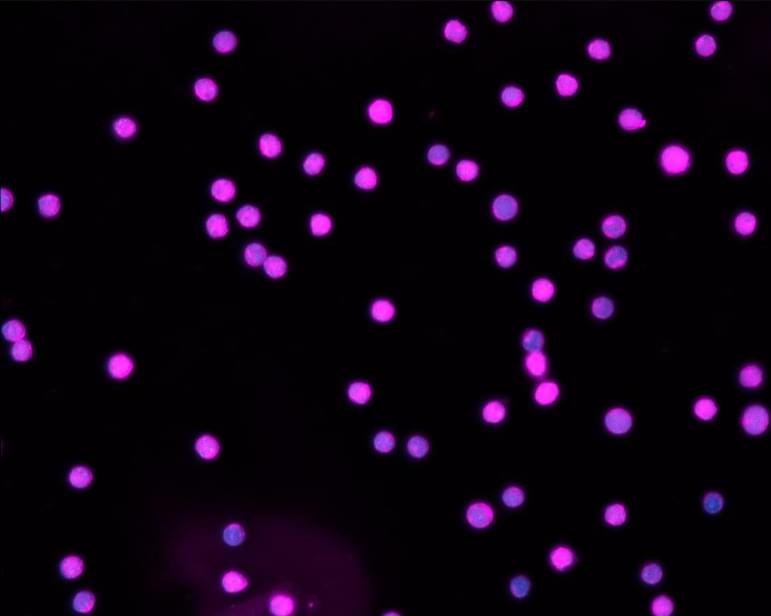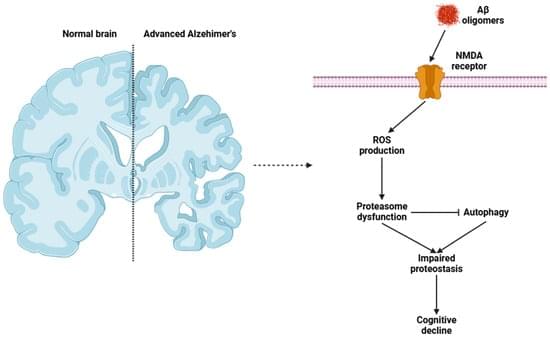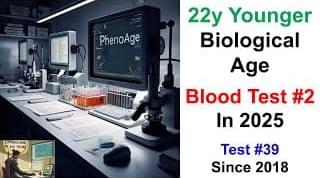The idea of living forever has fascinated humans for centuries—but what if technology could actually make it happen? With advancements in AI and neuroscience, scientists believe that digital immortality might soon be a reality. Here’s how!
Category: life extension – Page 4
The idea of living forever has fascinated humans for centuries—but what if technology could actually make it happen? With advancements in AI and neuroscience, scientists believe that digital immortality might soon be a reality. Here’s how!
Bcl11a sustains hematopoietic stem cell functionality but contributes to dysfunction as aging progresses.
Aging is a complex, progressive, and irreversible biological process that entails numerous structural and functional changes in the organism. These changes affect all bodily systems, reducing their ability to respond and adapt to the environment. Chronic inflammation is one of the key factors driving the development of age-related diseases, ultimately causing a substantial decline in the functional abilities of older individuals. This persistent inflammatory state (commonly known as “inflammaging”) is characterized by elevated levels of pro-inflammatory cytokines, an increase in oxidative stress, and a perturbation of immune homeostasis. Several factors, including cellular senescence, contribute to this inflammatory milieu, thereby amplifying conditions such as cardiovascular disease, neurodegeneration, and metabolic disorders.
Ageing is a scientifically fascinating and complex biological occurrence characterised by morphological and functional changes due to accumulated molecular and cellular damage impairing tissue and organ function. Ageing is often accompanied by cognitive decline but is also the biggest known risk factor for Alzheimer’s disease, the most common form of dementia. Emerging evidence suggests that sedentary and unhealthy lifestyles accelerate brain ageing, while regular physical activity, high cardiorespiratory fitness (CRF), or a combination of both, can mitigate cognitive impairment and reduce dementia risk.
Join us on Patreon! https://www.patreon.com/MichaelLustgartenPhD
Discount Links/Affiliates:
Blood testing (where I get the majority of my labs): https://www.ultalabtests.com/partners/michaellustgarten.
At-Home Metabolomics: https://www.iollo.com?ref=michael-lustgarten.
Use Code: CONQUERAGING At Checkout.
Clearly Filtered Water Filter: https://get.aspr.app/SHoPY
Epigenetic, Telomere Testing: https://trudiagnostic.com/?irclickid=U-s3Ii2r7xyIU-LSYLyQdQ6…M0&irgwc=1
Use Code: CONQUERAGING
NAD+ Quantification: https://www.jinfiniti.com/intracellular-nad-test/
Induced pluripotent stem cells are paving the way for personalized treatments to diabetes, vision loss and more. However, scientists still face hurdles such as strict regulations, scalability, cell longevity and immune rejection.
Sacred waters with remarkable healing powers. Ancient mystics who lived for hundreds of years. A scientific breakthrough may provide the answers to eternal life. Throughout history many have searched for the secret to everlasting life, but so far, it’s eluded them. But is it possible to cheat death and live forever? See more in Season 3, Episode 5, \.
There are two ways of dealing with this public health problem. One is to devise a comprehensive strategy to combat social inequality that will prevent disease before it happens. Another way is to develop a pill that treats the wear and tear of stress and toxins on the body.
Believe it or not, there are experiments on such pills underway.
Candidates include dasatinib, quercetin, metformin, rapamycin and fisetin among many others. These drugs may slow or even reverse aging in anyone, but they hold the greatest promise for improving America’s health because they disproportionately help the disadvantaged. This population bears the greatest burden of disease by far, so even small health gains in this population can go a long way.
Americans would much prefer a pill or a vaccine over a contentious policy battle.
Coronary Artery Disease (CAD) is the most common cardiovascular disease worldwide, threatening human health, quality of life and longevity. Aging is a dominant risk factor for CAD. This study aims to investigate the potential mechanisms of aging-related genes and CAD, and to make molecular drug predictions that will contribute to the diagnosis and treatment.
We downloaded the gene expression profile of circulating leukocytes in CAD patients (GSE12288) from Gene Expression Omnibus database, obtained differentially expressed aging genes through “limma” package and GenaCards database, and tested their biological functions. Further screening of aging related characteristic genes (ARCGs) using least absolute shrinkage and selection operator and random forest, generating nomogram charts and ROC curves for evaluating diagnostic efficacy. Immune cells were estimated by ssGSEA, and then combine ARCGs with immune cells and clinical indicators based on Pearson correlation analysis. Unsupervised cluster analysis was used to construct molecular clusters based on ARCGs and to assess functional characteristics between clusters. The DSigDB database was employed to explore the potential targeted drugs of ARCGs, and the molecular docking was carried out through Autodock Vina.









